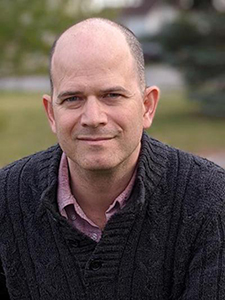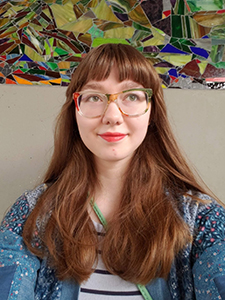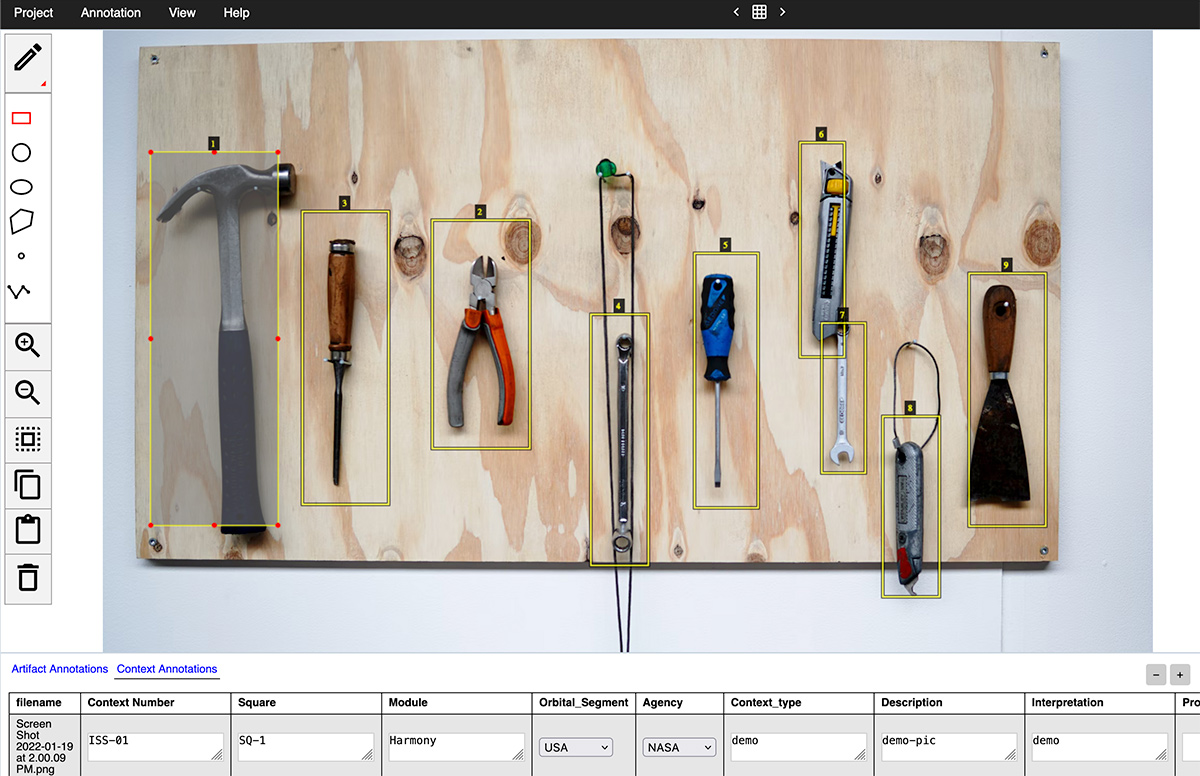
Shawn Graham, a digital archaeologist and historian at Carleton University, is working with the International Space Station Archaeological Project (ISSAP) to record and analyze the rich material culture onboard the International Space Station (ISS) after more than 20 years of human occupation.
“As far as we know, no other beings have ever left their home planet,” says Graham.
“We are documenting this not only to preserve the past, but also to understand what it means to be human.”
And to prepare for the future.
For Graham, this research is essential for understanding a brand-new facet of the human experience.
“If we’re going to be serious about space flight,” he says, “we need to understand how spacecraft create places for human dwelling and interaction, and how human interaction affects those dwellings in turn.”
In addition to reviewing key procedures and policies associated with the ISSAP, Graham was asked to develop a digital data-entry system to help researchers make archaeological sense of human activity on the ISS.
He brought on Carleton History and Data Science master’s student Chantal Brousseau, a recent Digital Humanities Award winner, who built upon his initial sketches using an open-source image annotation tool.

Together, Brousseau and Graham have created an application capable of processing and analyzing photographs of various spaces within the ISS. These snapshots will be dutifully taken by astronauts on an almost hourly basis as part of their research duties while aboard the station.
The application uses the photos as timestamps to study how these material spaces steadily change over time. It allows the researchers to identify specific objects (a pencil clipped to a peg board, for example, or a pair of scissors attached to a tether) and track their movements across multiple photos. The software then pushes the data into a graph database, which is used to identify patterns.
The tool also lets researchers annotate photographs for eventual machine learning—meaning that, eventually, Brousseau and Graham will be able train a computer to analyze the images just like an archaeologist would. Ultimately, the data captured in this project will enable researchers to finally tell the full story of how humans co-exist within the built space of the ISS.
“NASA and the other space agencies have for years been tracking everything that goes up to the space station—they have to account for the weight when figuring out the fuel requirements of the launch vehicle, for instance—but apparently there are things that have gone missing up there,” says Graham.
“It’d be neat to spot some of those. But more prosaically, there are the everyday objects of life on a space station: things for making meals, personal objects, items that help mark out a space as mine and thine. If humans are going to live and explore in space, then we’d best understand how the inhabited artificial spaces we live in help to create that spacefaring society.”

The data collection portion of the pioneering space archaeology project began on January 17, 2022 and was slated to run for about two months. For their part, Brousseau and Graham can’t wait to see what gets captured.
“I’ve always been interested in space, partially due to growing up with parents who loved Star Trek and partially because my dream job when I was young was to be an astronomer, until I found out you needed math and physics for that,” says Brousseau.
“As someone who ultimately ended up becoming a historian, having the opportunity to be involved with a project that actually deals with life in space is something I never fathomed.”
“If you ask a child what they want to be when they grow up, they usually say either an archaeologist or an astronaut,” says Graham. “This is a dream project that combines the two, and we’re excited to be a part of the beginning of a new field.”
https://twitter.com/ISSarchaeology/status/1482485745147281410